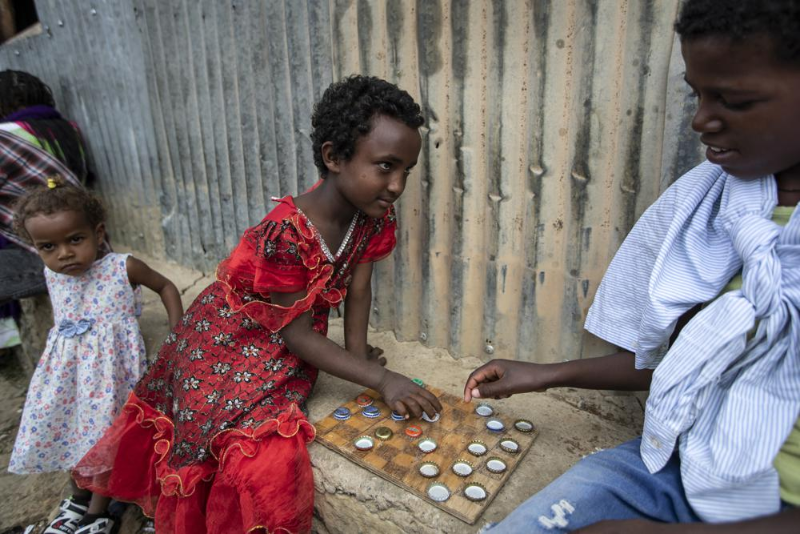Before the war erupted in Ethiopia’s Tigray region, Eritrea had already gathered around 50,000 Eritrean refugees. Many of these refugees had escaped their country’s autocratic regime and policy of indefinite military service.
According to the United Nations, these refugees created four camps in Tigray. Another 42,000 people were distributed around the region and Ethiopia.
But then the war erupted in Ethiopia’s Tigray region in November between the region’s forces and Ethiopian federal troops. The conflict has left thousands of people dead. Early in the war, the fighters destroyed two of the refugee camps, and the fate of thousands of its residents remains unclear.
Fate of Eritrean refugee’s unknown
Now thousands of Eritrean refugees remain increasingly trapped in the violence in Ethiopia’s Tigray area. Witnesses and UN officials claim soldiers have stormed their camps, abducted or killed several people, and taken their food and belongings. They also claim they have been targeted by both sides. Eritrean troops are accused of abductions and damaging a refugee camp when they crossed the border to assist Ethiopian soldiers. Furthermore, the refugees claim Tigrayans have used them as scapegoats as they accuse the Eritrean military of numerous crimes.
After starting an operation against forces from the adjacent Amhara region last month, Tigray forces grabbed the remaining two camps, Mai Aini and Adi Harush. Tigrayans sought to reclaim more territory following the withdrawal of Eritrean and Ethiopian federal forces from the region. Tigray forces have already abducted more than a dozen refugees and invaded dozens of homes, seizing mobile phones, food, and other goods, according to residents of Adi Harush camp.
Tigray military has denied targeting Eritrean refugees and said they hold grave concerns about claims of attacks in a statement released.
Missing refugees in Hitsats
Meanwhile, the United Nations reports that the whereabouts of 9,200 Eritrean refugees from the two other camps, Hitsats and Shimelba, are unknown. In November, Eritrean troops conquered the surrounding territory from Tigray forces, sparking fighting in Hitsats. Later on, the Eritreans left the camp, and Tigray forces recovered the territory. Several refugees claimed Tigray soldiers attacked them in retaliation, murdering ten individuals outside the camp’s church.
Furthermore, when the Tigray forces retook Hitsats they rounded up many of the camp residents and took them back to the refugee camp. According to refugees, the Tigray forces took them back to the camp just to torture them. At the camp, people had nothing to eat or drink. All the residents could do was eat leaves and grass to survive.
Additionally, several residents received beatings from the Tigray forces, and they stole their food while in control of Hitsats. Eritrean refugees in Shimelba camp also saw similar conditions, where attackers killed 16 refugees in January after fighting between Tigray forces and the Eritrean military.
This year in January the Eritrean forces once again retook Hitsats camp. After the takeover, the forces ordered the remaining refugees to leave. Eritrean soldiers ordered those at the camp back to Eritrea via Sheraro. At Sheraro these refugees boarded large trucks while thousands of others had to walk to the border. Many of the Eritrean refugees decided to follow the orders, despite knowing they could face persecution by the authoritarian government in Eritrea. Some said this proved a better option and returned voluntarily to escape the violence in Tigray.
More:
- ‘No food for days’: Starvation stalks Tigray as the war drags on
- ‘We will not back down,’ ethnic militias say as they rush to the Tigray border


















